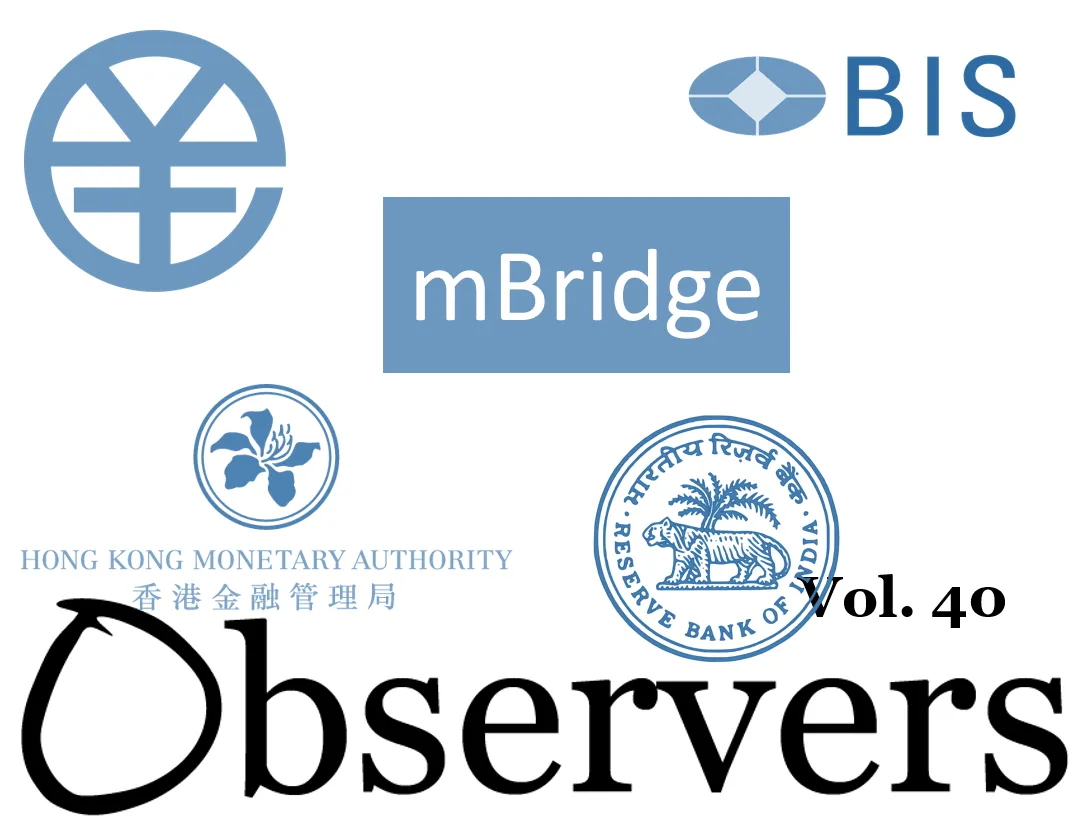Banking CBDC Roundup, CBDC, mBridge, e-CNY, e-rupee, China, India, Project Ensemble, Tokenized Deposits
Banking and CBDC Weekend Roundup: 01/09/2024
The Chinese-led mBridge protocol is making progress, with the second digital yuan payment transaction publicly recorded. India's CBDC program has five million users but no public transaction figures to share. Experimentation with tokenization is expanding across the region.

